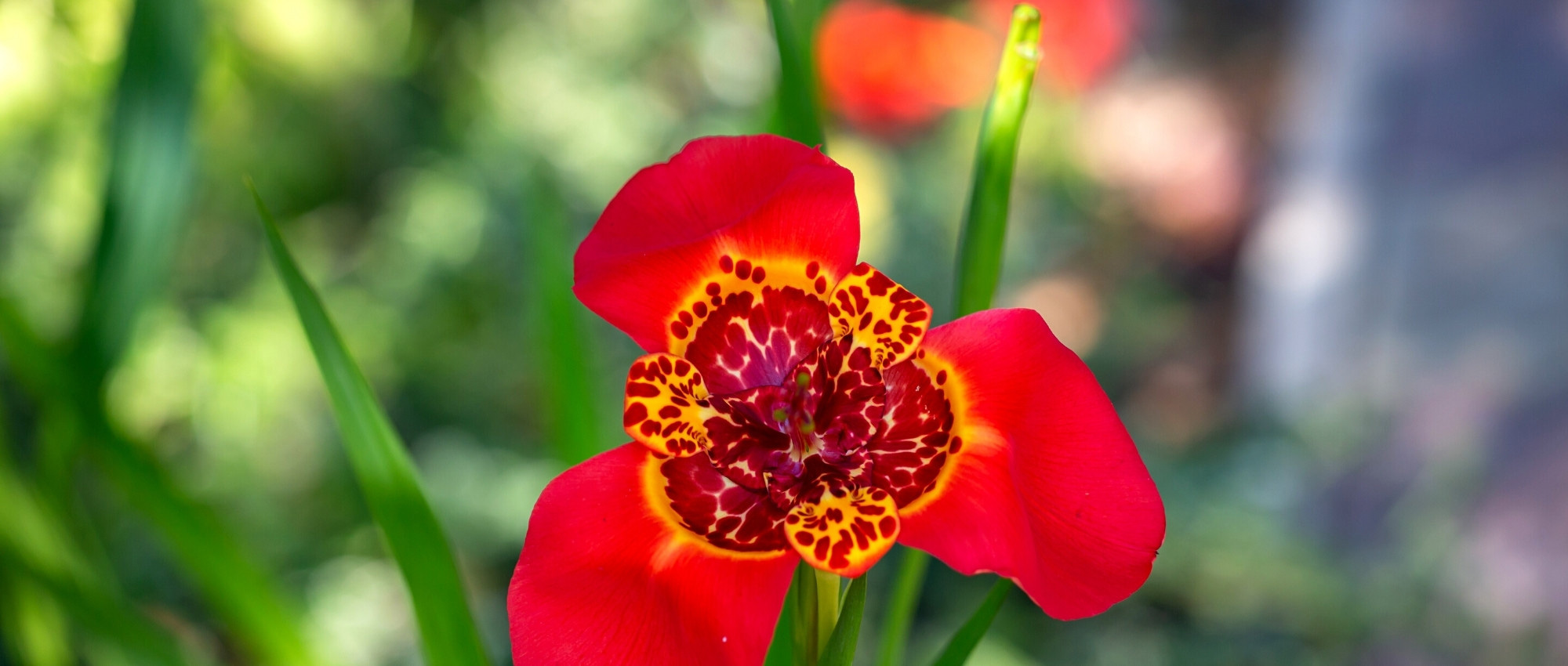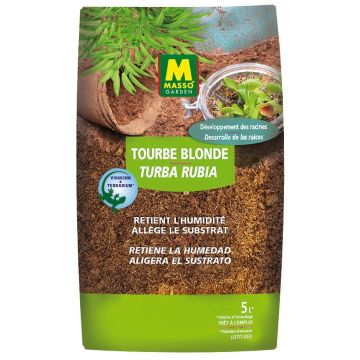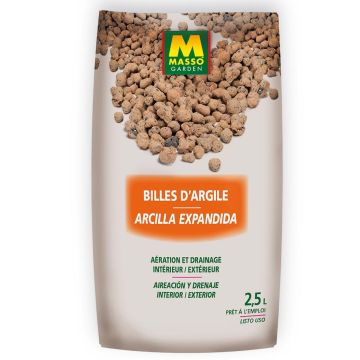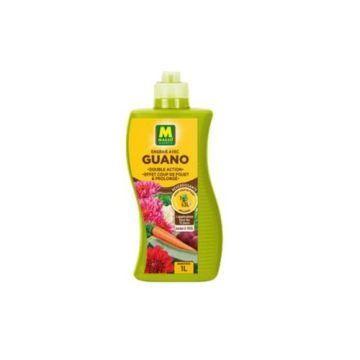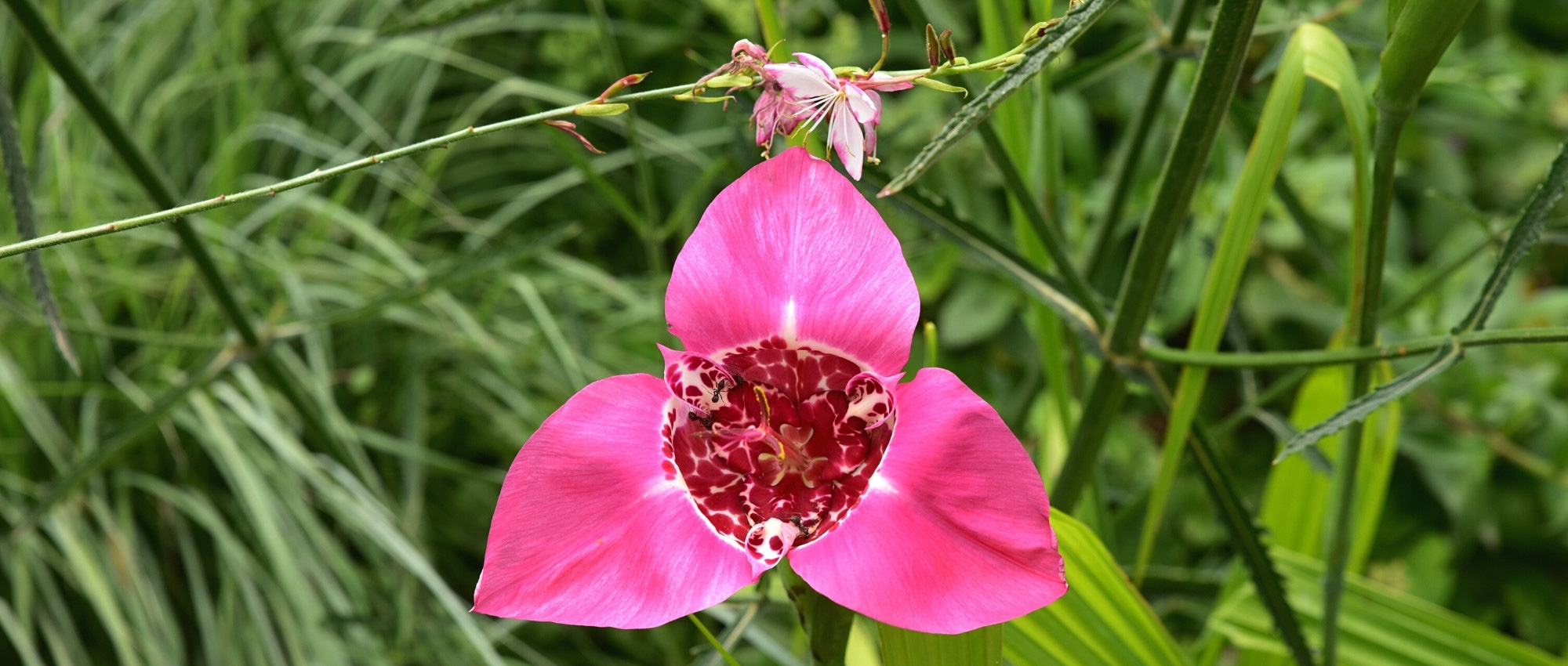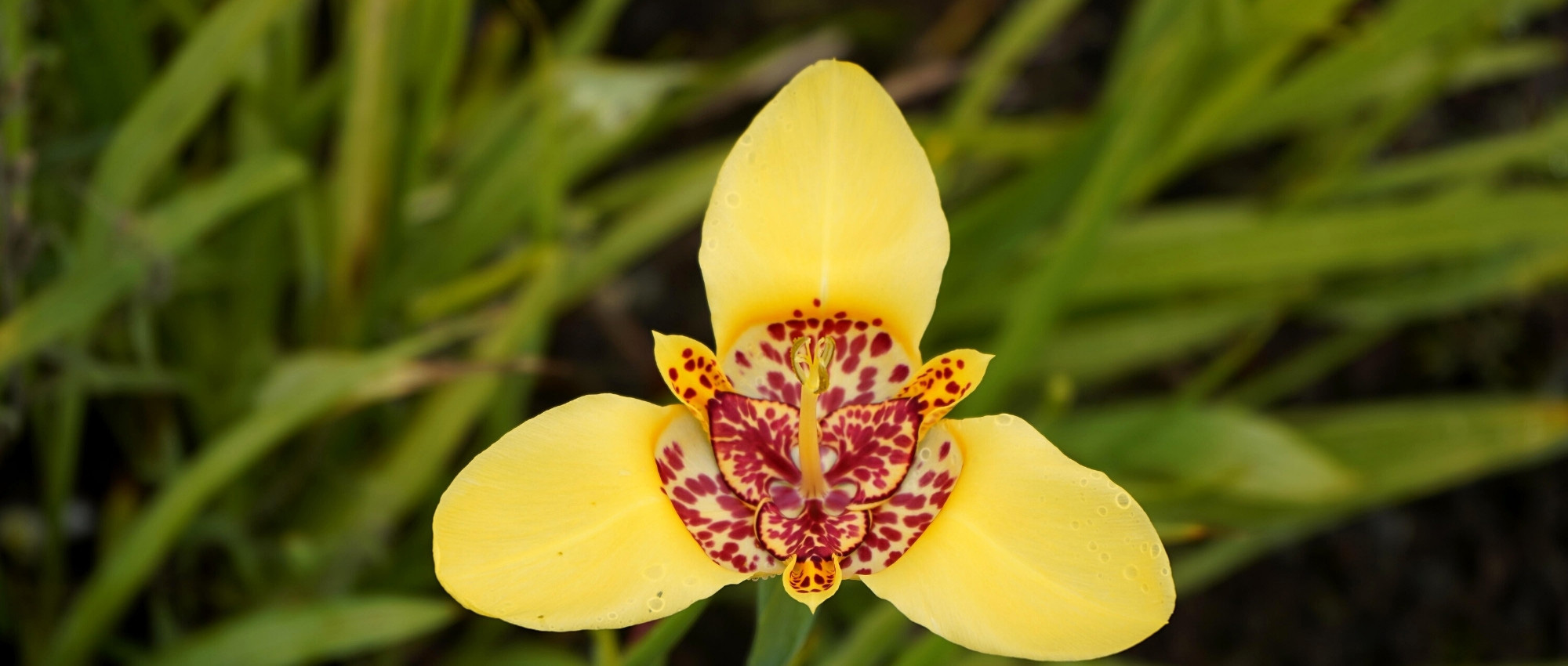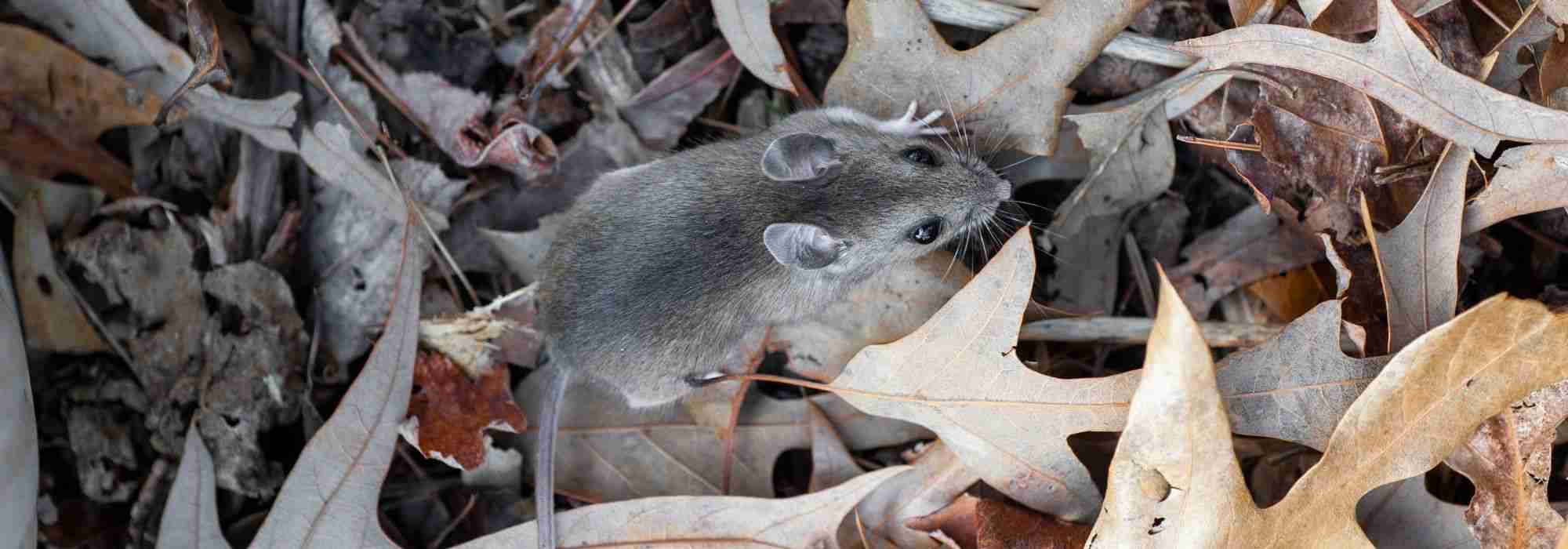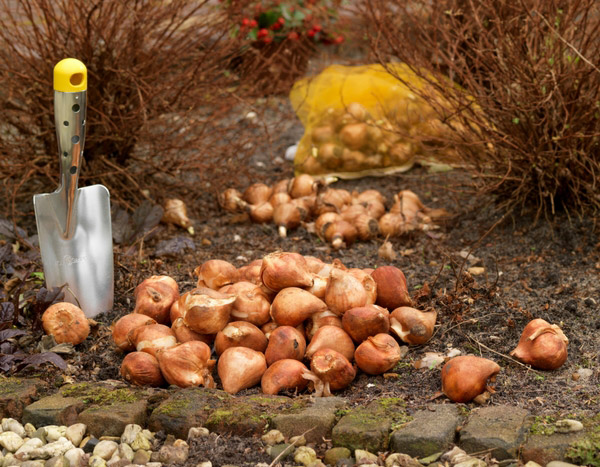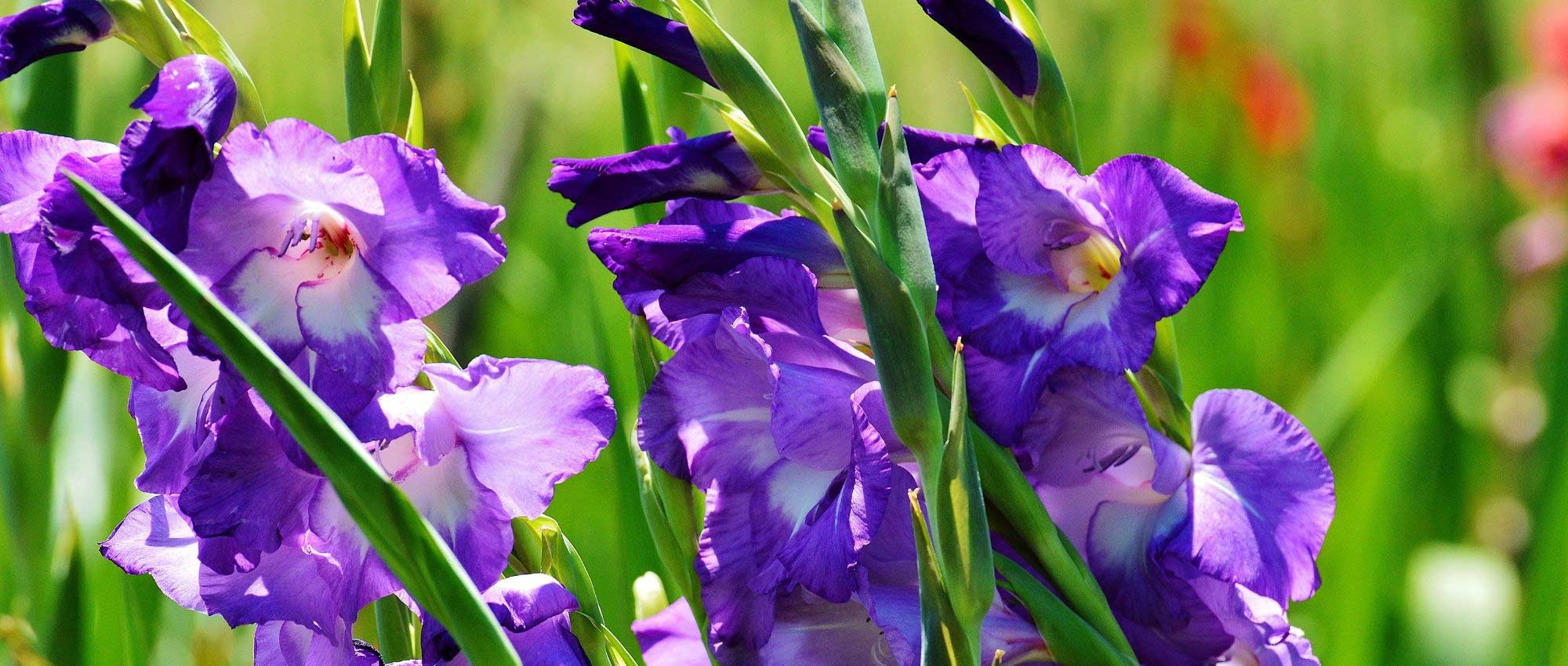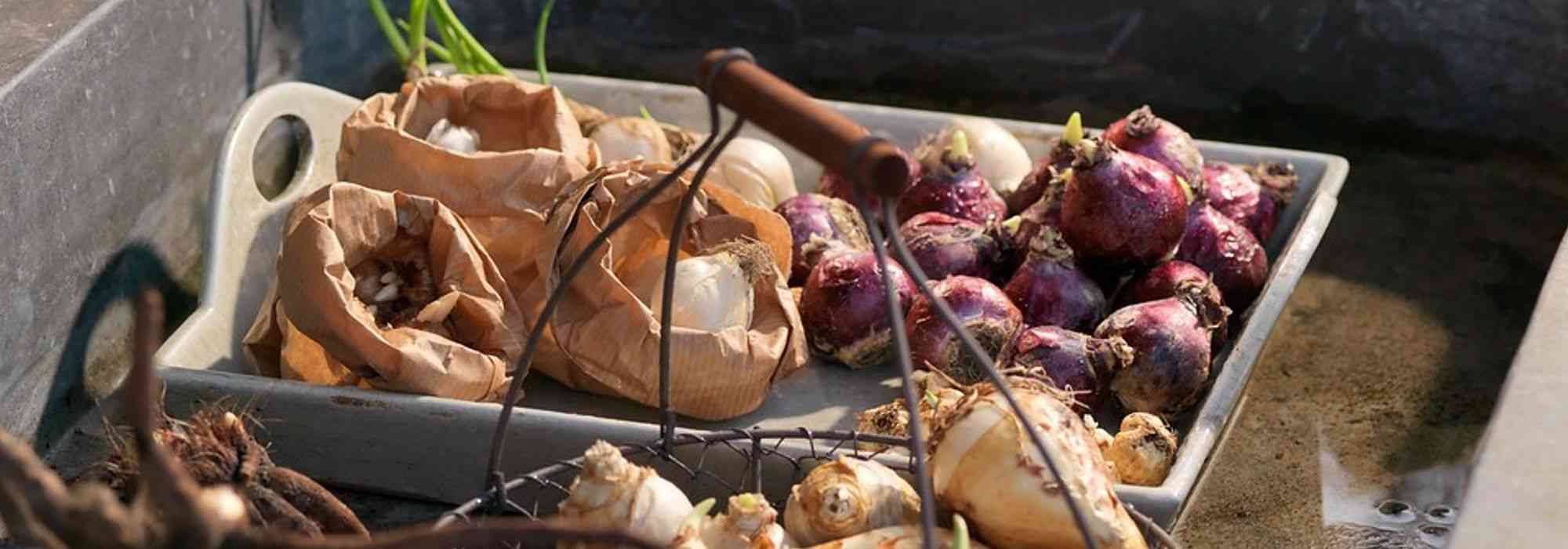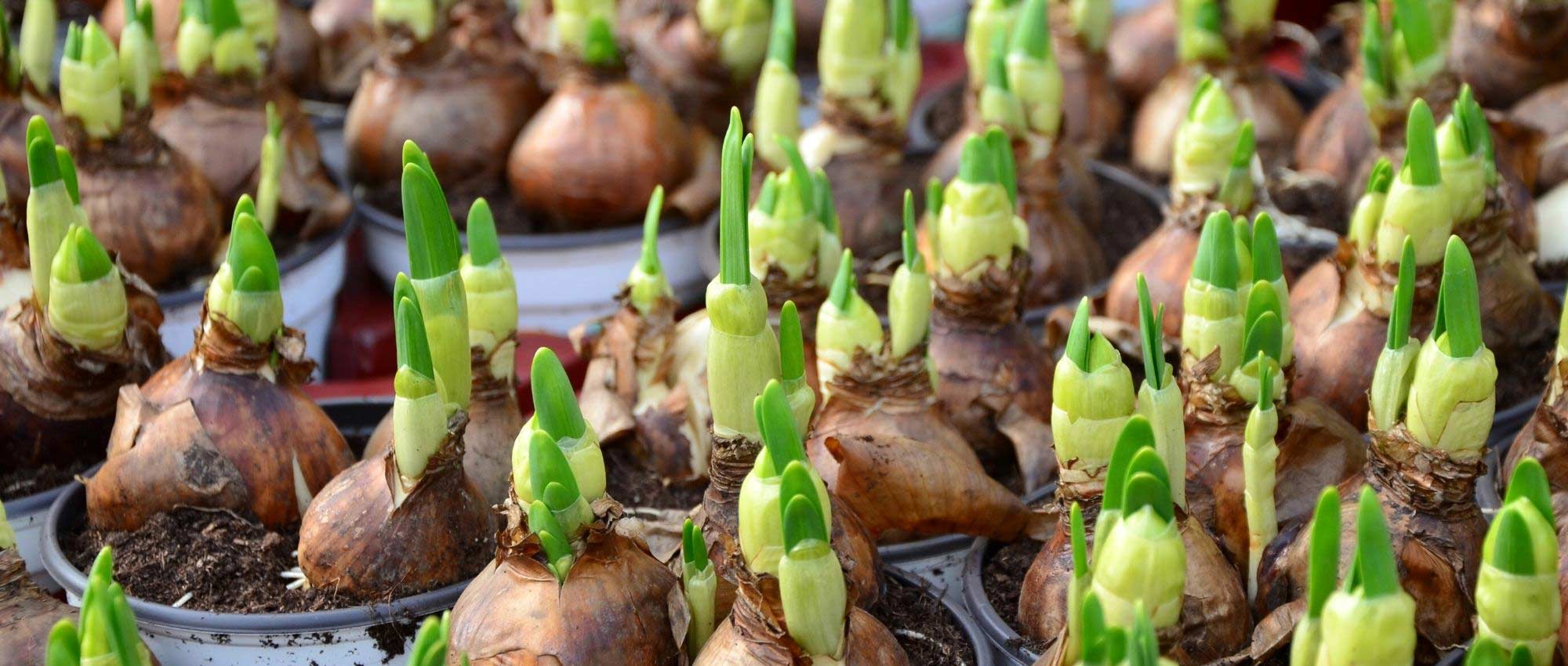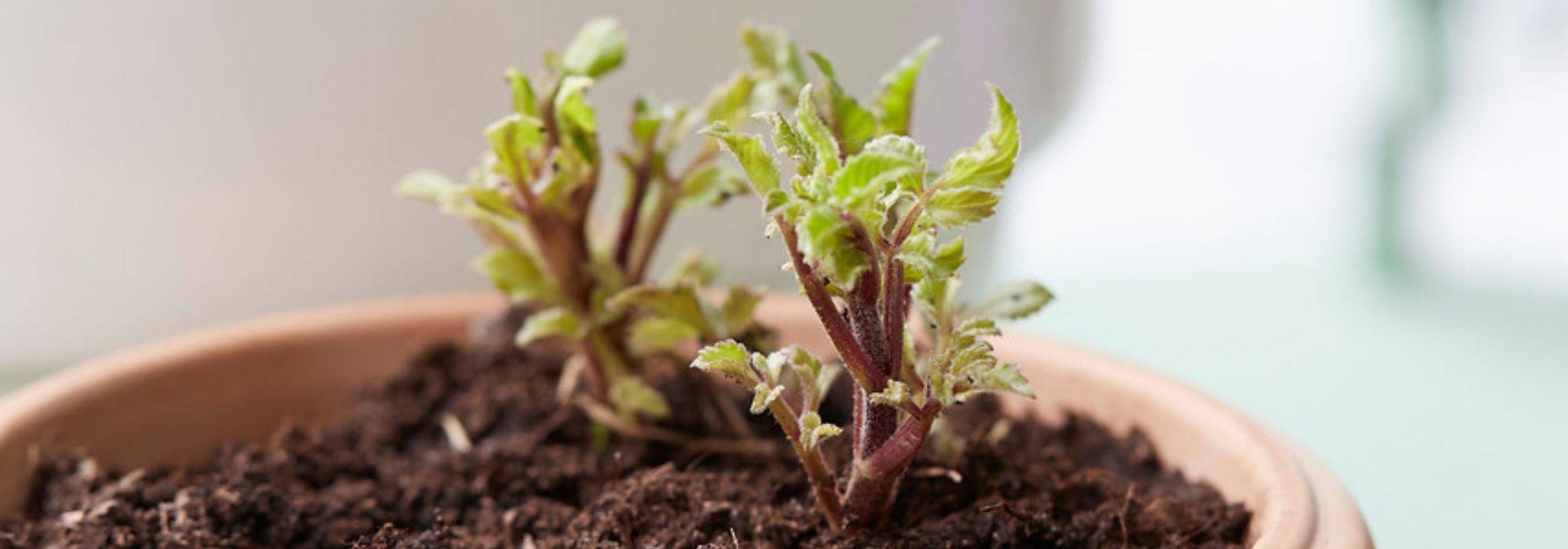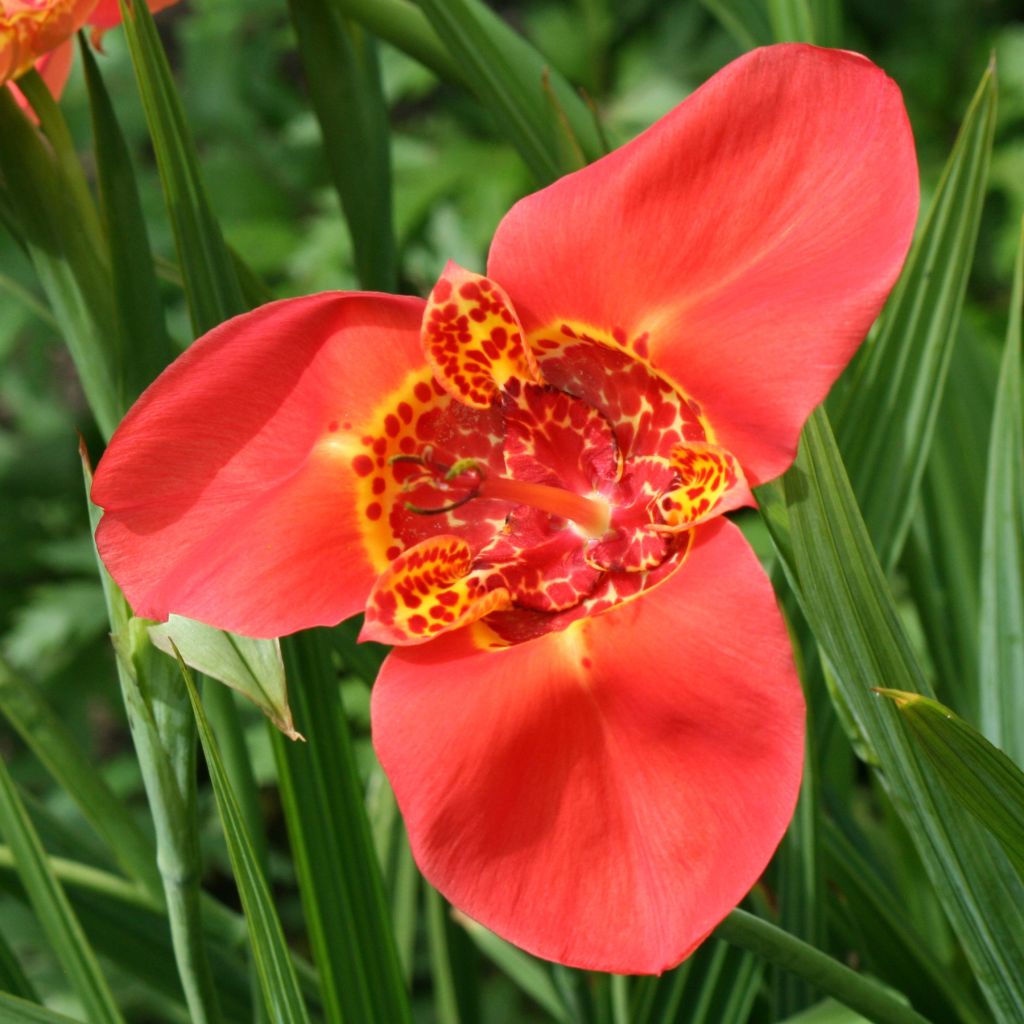

Tigridia pavonia Speciosa - Oeil de Paon
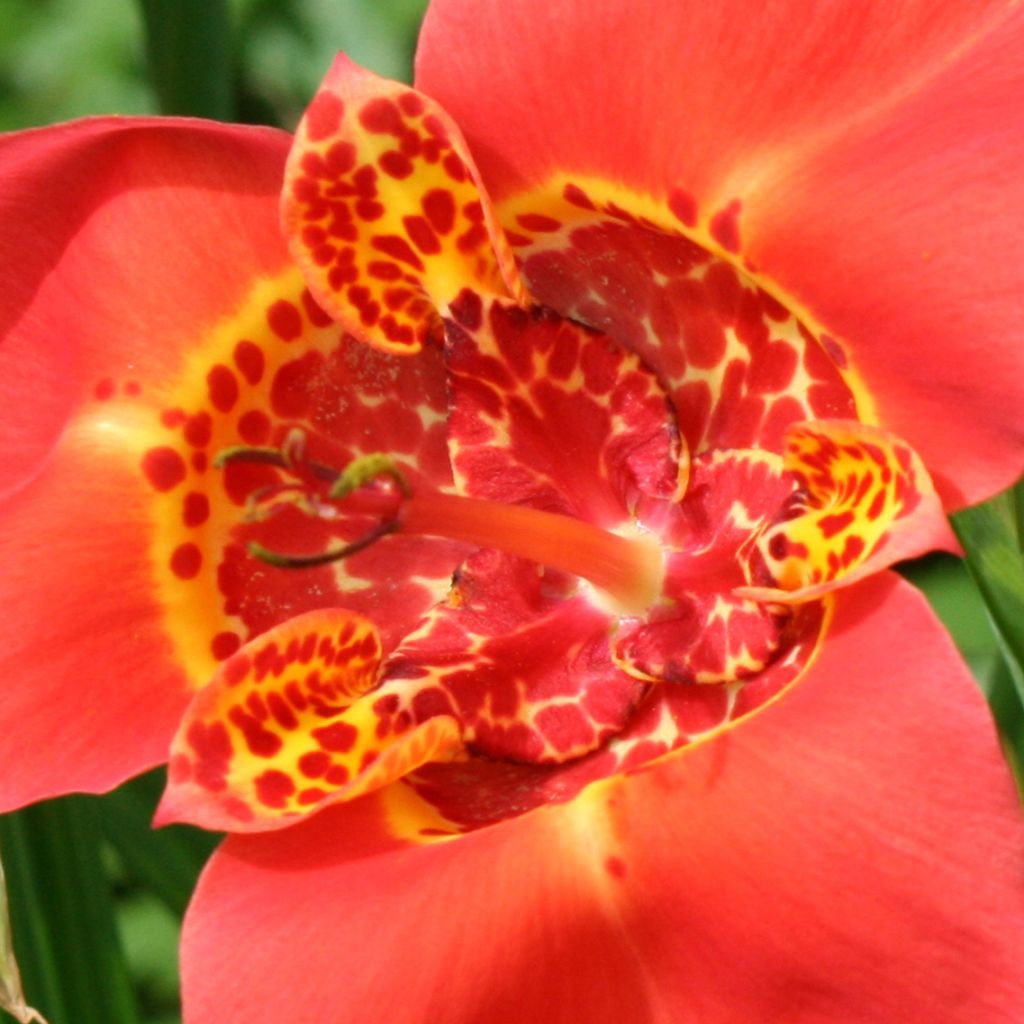

Tigridia pavonia Speciosa - Oeil de Paon
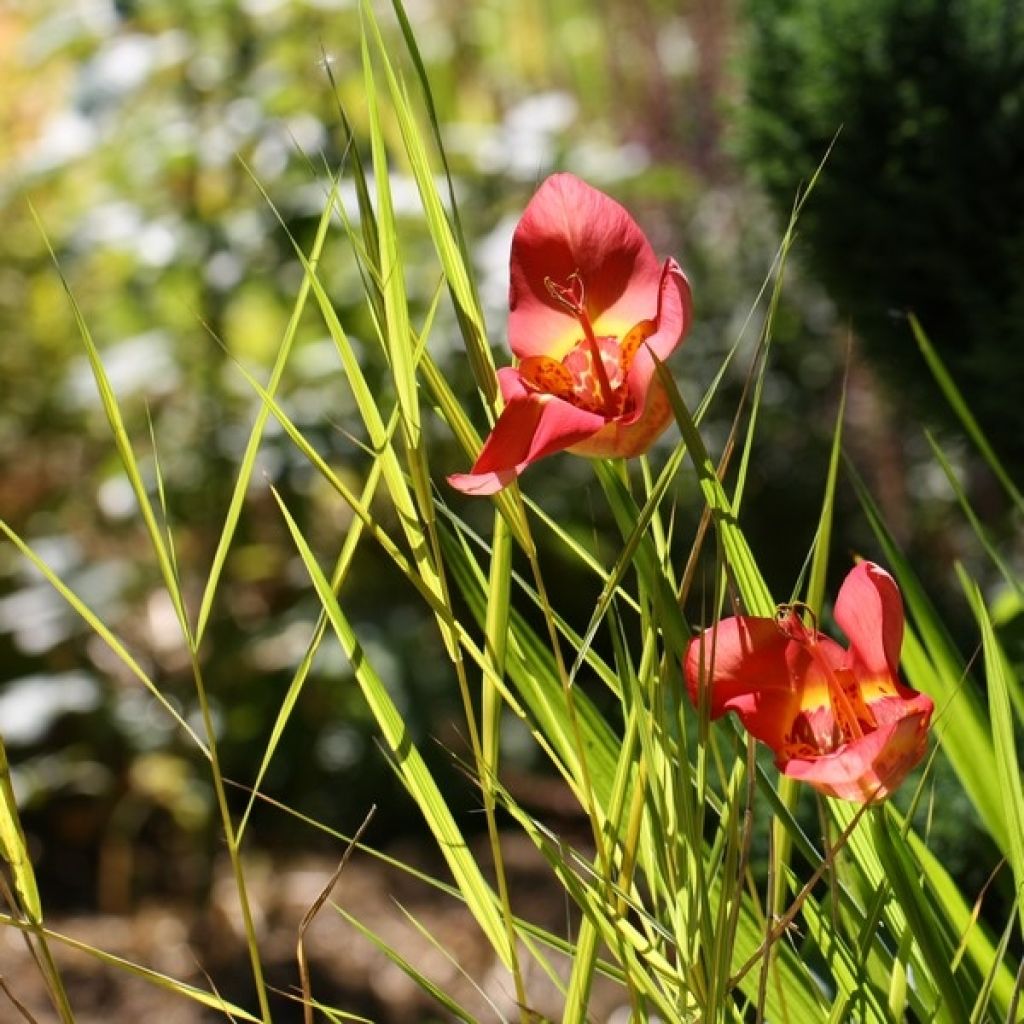

Tigridia pavonia Speciosa
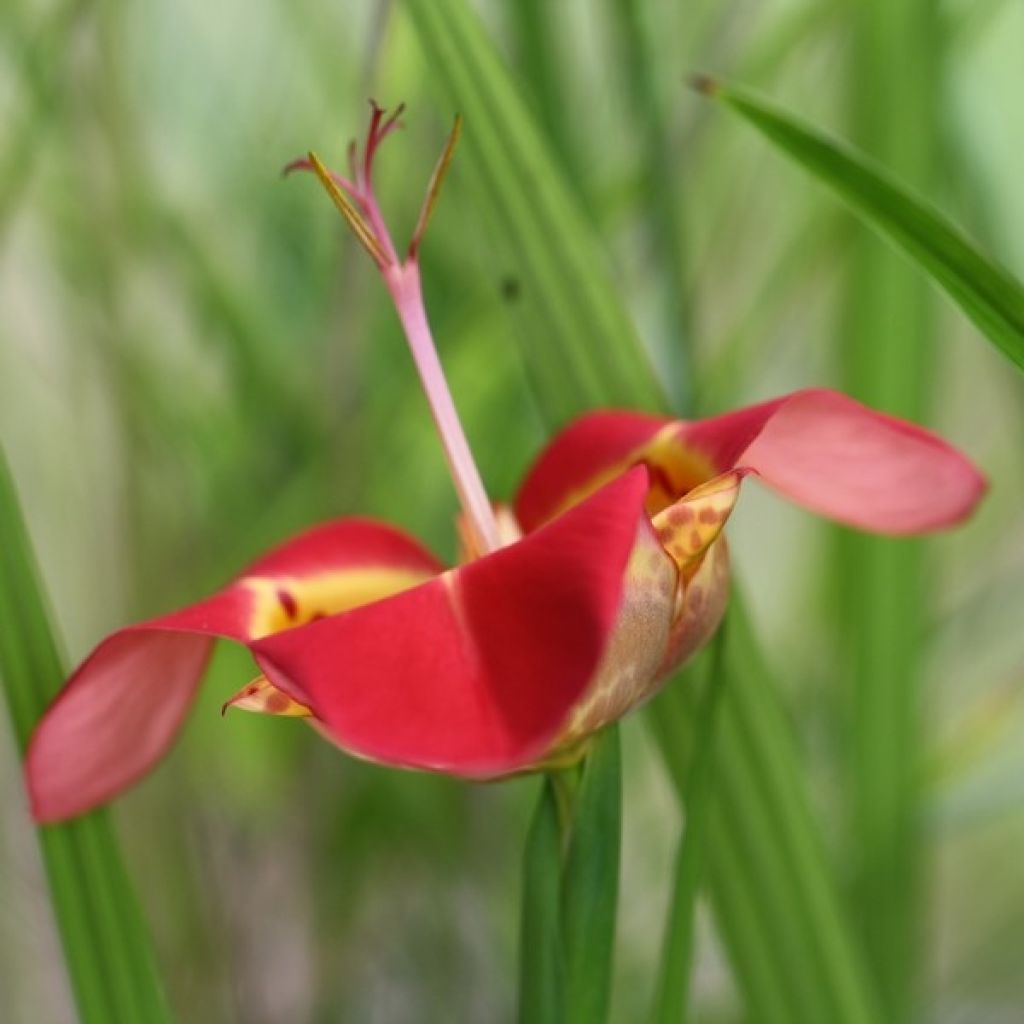

Tigridia pavonia Speciosa
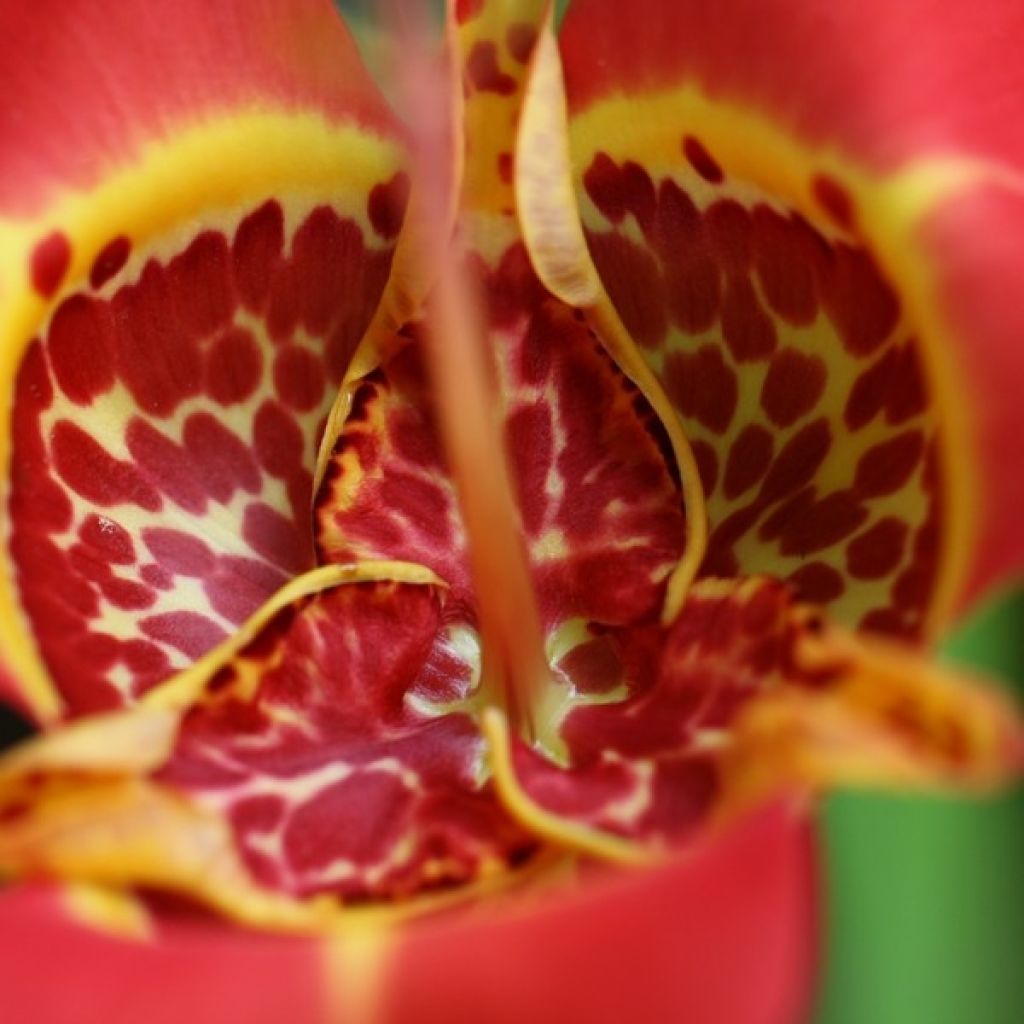

Tigridia pavonia Speciosa
Tigridia pavonia Speciosa
Tigridia pavonia Speciosa
Peacock Flower, Mexican Shell Flower, Tiger Iris
Short but very lovely flowering, starting from the first year.
Gilles, 03/08/2021
Special offer!
Receive a €20 voucher for any order over €90 (excluding delivery costs, credit notes, and plastic-free options)!
1- Add your favorite plants to your cart.
2- Once you have reached €90, confirm your order (you can even choose the delivery date!).
3- As soon as your order is shipped, you will receive an email containing your voucher code, valid for 3 months (90 days).
Your voucher is unique and can only be used once, for any order with a minimum value of €20, excluding delivery costs.
Can be combined with other current offers, non-divisible and non-refundable.
This plant carries a 6 months recovery warranty
More information
We guarantee the quality of our plants for a full growing cycle, and will replace at our expense any plant that fails to recover under normal climatic and planting conditions.
Does this plant fit my garden?
Set up your Plantfit profile →
Description
Tigridia pavonia 'Speciosa', also known as Bulblet Peacock, is an ancient variety (1843) with vibrant and brightly coloured flowering. Its large flowers display scarlet sepals, enhanced with small red and yellow spots on the throat and petals. The throat is highlighted by a bright yellow border. This not very hardy plant is best suited for milder climates when grown in the ground. It requires full light and a light, rather moist soil, even occasionally dry but well-drained.
Tigridia pavonia 'Speciosa' is a horticultural variety derived from Tigridia pavonia, native to Mexico, Guatemala, and Peru. This cormous plant is a relative of the Garden Iris, both belonging to the Iridaceae family. In spring, it forms a clump of dark green, sword-shaped, veined, and plicate leaves, measuring 20 to 50cm (8 to 20in) long, grouped in a basal fan. Once established, it grows rapidly. Flowering occurs in summer, lasting several weeks in July-August. Flower stems, sometimes ramified, emerge at a height of 45cm (18in), bearing one to three leaves and 10 to 15cm (4 to 6in) diameter flowers that only live for a day but succeed each other. The fascinating and intriguing flowers consist of three large scarlet triangular petals and three other tiny, strangely spotted ones, as well as the heart, with carmine red and yellow. The corms of this plant are edible. They produce bulblets that will flower in two years.
In well-protected borders, where frosts are mild, it is possible to leave the bulbs in the ground during the resting period in winter. Elsewhere, Tigridia is a perfect plant for growing in large pots that can be brought indoors during winter. These plants were the queens of Victorian gardens in England in the 19th century. Cultivate Tigridia pavonia 'Speciosa' in full sun (partial shade in the south of France), in a rockery, or at the edge of a dry garden alongside catmints, feather grass, and fountain grasses. Its flowers are stunning in exotic bouquets.
Tigridia pavonia Speciosa in pictures


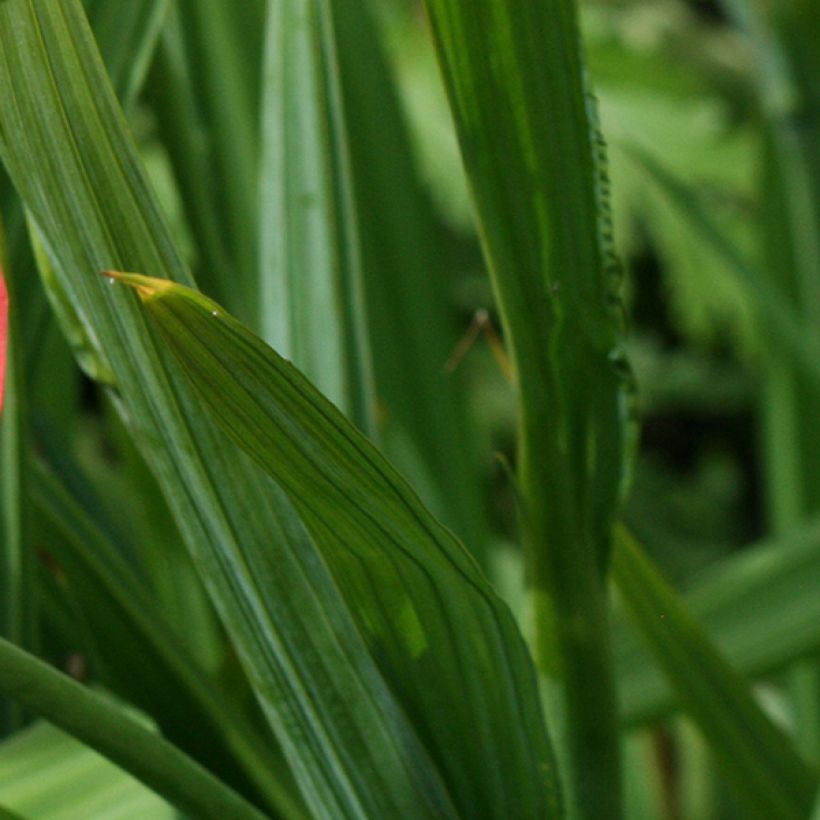



Plant habit
Flowering
Foliage
Botanical data
Tigridia
pavonia
Speciosa
Iridaceae
Peacock Flower, Mexican Shell Flower, Tiger Iris
Cultivar or hybrid
Planting and care
Planting period
Intended location
Care
Planting & care advice
-
, onOrder confirmed
Reply from on Promesse de fleurs
Haven't found what you were looking for?
Hardiness is the lowest winter temperature a plant can endure without suffering serious damage or even dying. However, hardiness is affected by location (a sheltered area, such as a patio), protection (winter cover) and soil type (hardiness is improved by well-drained soil).

Photo Sharing Terms & Conditions
In order to encourage gardeners to interact and share their experiences, Promesse de fleurs offers various media enabling content to be uploaded onto its Site - in particular via the ‘Photo sharing’ module.
The User agrees to refrain from:
- Posting any content that is illegal, prejudicial, insulting, racist, inciteful to hatred, revisionist, contrary to public decency, that infringes on privacy or on the privacy rights of third parties, in particular the publicity rights of persons and goods, intellectual property rights, or the right to privacy.
- Submitting content on behalf of a third party;
- Impersonate the identity of a third party and/or publish any personal information about a third party;
In general, the User undertakes to refrain from any unethical behaviour.
All Content (in particular text, comments, files, images, photos, videos, creative works, etc.), which may be subject to property or intellectual property rights, image or other private rights, shall remain the property of the User, subject to the limited rights granted by the terms of the licence granted by Promesse de fleurs as stated below. Users are at liberty to publish or not to publish such Content on the Site, notably via the ‘Photo Sharing’ facility, and accept that this Content shall be made public and freely accessible, notably on the Internet.
Users further acknowledge, undertake to have ,and guarantee that they hold all necessary rights and permissions to publish such material on the Site, in particular with regard to the legislation in force pertaining to any privacy, property, intellectual property, image, or contractual rights, or rights of any other nature. By publishing such Content on the Site, Users acknowledge accepting full liability as publishers of the Content within the meaning of the law, and grant Promesse de fleurs, free of charge, an inclusive, worldwide licence for the said Content for the entire duration of its publication, including all reproduction, representation, up/downloading, displaying, performing, transmission, and storage rights.
Users also grant permission for their name to be linked to the Content and accept that this link may not always be made available.
By engaging in posting material, Users consent to their Content becoming automatically accessible on the Internet, in particular on other sites and/or blogs and/or web pages of the Promesse de fleurs site, including in particular social pages and the Promesse de fleurs catalogue.
Users may secure the removal of entrusted content free of charge by issuing a simple request via our contact form.
The flowering period indicated on our website applies to countries and regions located in USDA zone 8 (France, the United Kingdom, Ireland, the Netherlands, etc.)
It will vary according to where you live:
- In zones 9 to 10 (Italy, Spain, Greece, etc.), flowering will occur about 2 to 4 weeks earlier.
- In zones 6 to 7 (Germany, Poland, Slovenia, and lower mountainous regions), flowering will be delayed by 2 to 3 weeks.
- In zone 5 (Central Europe, Scandinavia), blooming will be delayed by 3 to 5 weeks.
In temperate climates, pruning of spring-flowering shrubs (forsythia, spireas, etc.) should be done just after flowering.
Pruning of summer-flowering shrubs (Indian Lilac, Perovskia, etc.) can be done in winter or spring.
In cold regions as well as with frost-sensitive plants, avoid pruning too early when severe frosts may still occur.
The planting period indicated on our website applies to countries and regions located in USDA zone 8 (France, United Kingdom, Ireland, Netherlands).
It will vary according to where you live:
- In Mediterranean zones (Marseille, Madrid, Milan, etc.), autumn and winter are the best planting periods.
- In continental zones (Strasbourg, Munich, Vienna, etc.), delay planting by 2 to 3 weeks in spring and bring it forward by 2 to 4 weeks in autumn.
- In mountainous regions (the Alps, Pyrenees, Carpathians, etc.), it is best to plant in late spring (May-June) or late summer (August-September).
The harvesting period indicated on our website applies to countries and regions in USDA zone 8 (France, England, Ireland, the Netherlands).
In colder areas (Scandinavia, Poland, Austria...) fruit and vegetable harvests are likely to be delayed by 3-4 weeks.
In warmer areas (Italy, Spain, Greece, etc.), harvesting will probably take place earlier, depending on weather conditions.
The sowing periods indicated on our website apply to countries and regions within USDA Zone 8 (France, UK, Ireland, Netherlands).
In colder areas (Scandinavia, Poland, Austria...), delay any outdoor sowing by 3-4 weeks, or sow under glass.
In warmer climes (Italy, Spain, Greece, etc.), bring outdoor sowing forward by a few weeks.






























